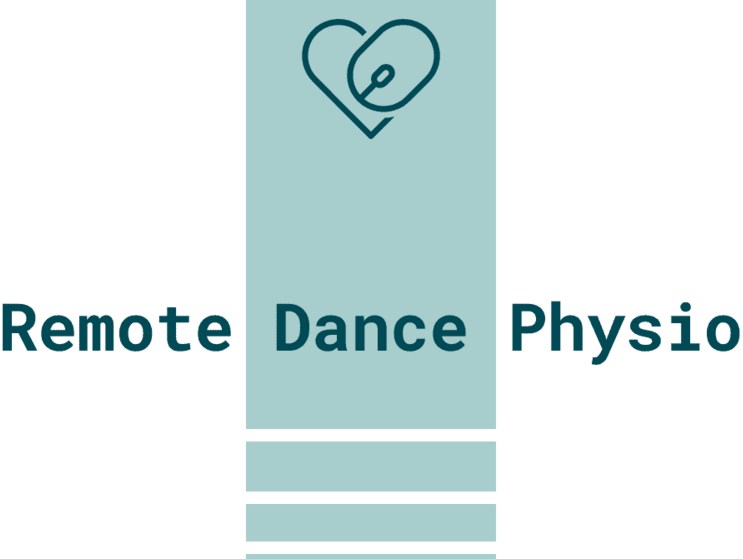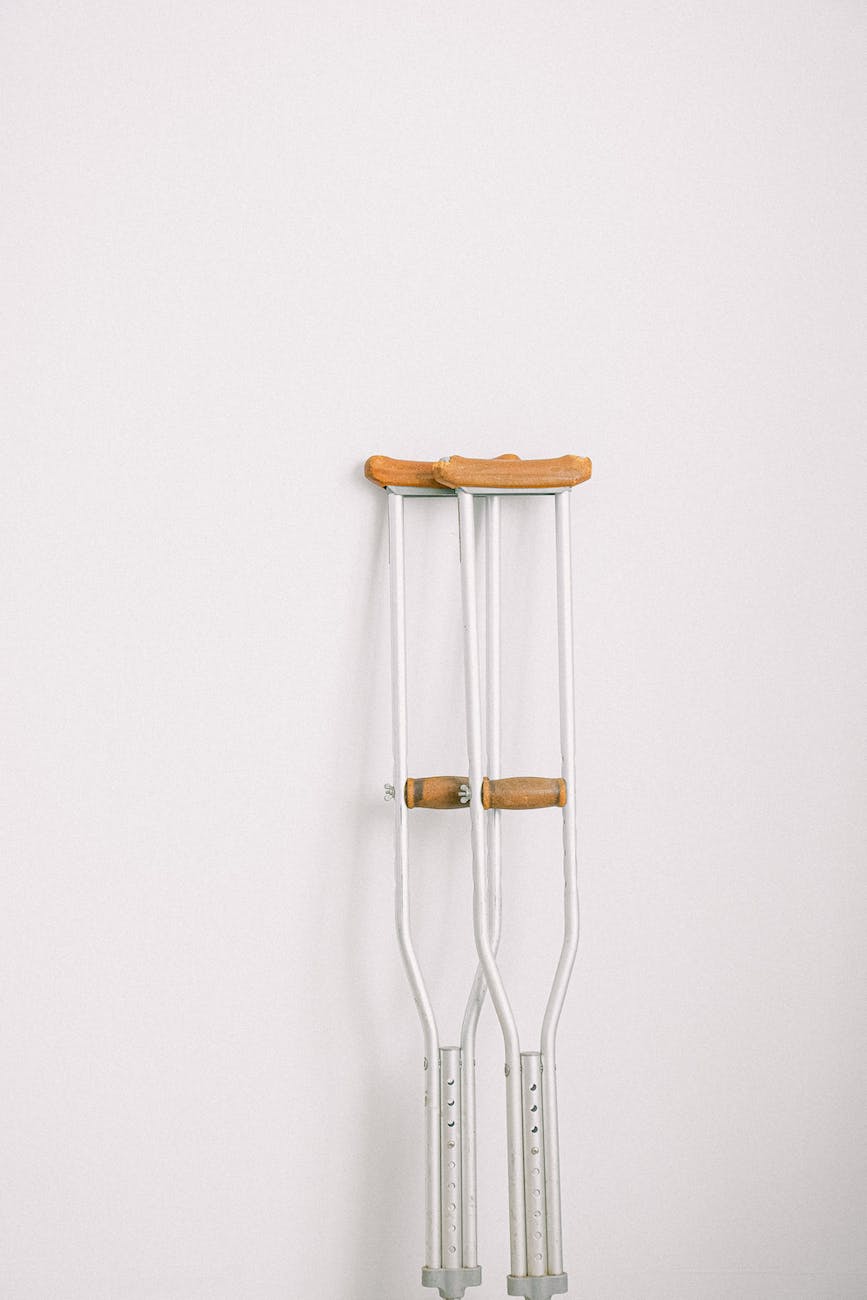Busting Myths: Common Misconceptions about Dance Injuries
Hey, dance enthusiasts! Ever heard some wild tales about dance injuries ? Well, you’re not alone. The dance world is full of myths that can make navigating through an injury feel like decoding a mystery novel. Let’s debunk some of these misconceptions and get straight to the truth, shall we?
“If You’re Injured, No Movement At All!”
Let’s not turn ourselves into statues just yet! While partial rest is crucial after an injury, complete immobility isn’t always the golden ticket. In fact, gentle movement and specific exercises often aid in recovery. Think of it as telling your body, “Hey, let’s get back on track,” but in a kind, whisper-like manner. Absolute rest might make you feel like a well-preserved mummy, but incorporating some movement could help you bounce back stronger.
“Pain Equals Gain, Right?”
The classic mantra of the determined dancer. But let’s get real – when it comes to injuries, pain is definitely not your friend waving a checkered flag. Pain is your body’s way of saying, “Hey, listen up! Something’s not right here.” Ignoring it in the hopes of gaining strength or flexibility can lead to more harm than good. Instead of powering through the pain, consider it a red light signaling you to slow down and reassess. Remember, listening to your body doesn’t make you any less of a dedicated dancer; it makes you a smarter one.
“Tape It Up, and You’re Good to Go!”

Ah, the magical thinking that a little bit of tape can fix everything. While kinesiology tape can be a fantastic support for some injuries, it’s not a cure-all solution. Slapping on some tape and calling it a day is like putting a band-aid on a leaky pipe and expecting it to hold forever. It might provide temporary relief and support, but addressing the underlying issue with proper care and rehabilitation is key. Think of the tape as part of your support team, not the whole team.
The Real Deal on Rest and Recovery
Often overlooked in the hustle to master the next big move, rest is actually your secret weapon to dance domination. Let’s dive into the truth behind giving your body a well-deserved break, shall we?
“Sleep is for the Weak!” Think Again!

Ever heard someone bragging about running on 3 hours of sleep like it’s a medal of honor? Well, in the dance world, that medal might as well be made of tin foil. Quality sleep is like hitting the refresh button for your body, allowing muscles to repair and your mind to process the new steps you’ve been practicing. Skimping on sleep is like trying to perform a complex routine with one shoe on – you’re just not set up for success.
The Magic of Active Recovery
Rest doesn’t always mean being a couch potato (though occasionally, that’s exactly what the doctor ordered). Active recovery is a thing – and a pretty great thing at that! Think gentle stretching, a leisurely walk, or a yoga session to keep your muscles moving without the intensity. It’s about showing your body some love without the tough love of a full-on rehearsal. Imagine it’s a spa day for your muscles; they’ve earned it!
The Day Off Dilemma
Now, let’s tackle the big one: taking an actual day off. The horror, right? But here’s a fun fact – your body doesn’t suddenly forget how to dance after one day of rest. In fact, it uses this time to build strength and resilience. Think of it as investing in your body’s bank account of health. A day off is not a step back; it’s a leap forward in ensuring your dancing future is bright (and injury-free).
Listen to Your Body: It’s Smarter Than You Think
Our bodies are pretty amazing communicators, telling us when to push through and when to hit the brakes. Ignoring those signals because you think rest is for the weak? Well, that’s like ignoring a ‘low battery’ warning on your phone and expecting it to keep working. Spoiler alert: it won’t. Learning to listen and respond to your body’s needs is a skill that will keep you dancing longer and stronger.
Navigating the Maze of Dance Treatments
Alright, dancing dynamos, let’s cut through the fog of mystery surrounding dance treatments. With a jungle of advice out there, it’s easy to find yourself doing a cha-cha between what genuinely helps and what just…doesn’t. So, let’s lace up our metaphorical dance shoes and step into the world of effective vs. ineffective treatments. And remember, we’re keeping it as light-hearted as a feather step!
“Just Ice It” – The Cold, Hard Truth
We’ve all heard it, right? “Got an injury? Just slap some ice on it and call it a day.” But here’s the scoop: while icing can reduce inflammation and numb the pain temporarily, it’s not a one-size-fits-all solution. It’s like putting a band-aid on a leaky faucet – it might hold for a bit, but you’re going to need more than that to fix the problem. Consider if rest, compression, or elevation might also join the party.
“Stretch It Out” – But Not Too Thin

Stretching: the age-old remedy for just about everything in the dance world. And yes, keeping limber is key to a dancer’s arsenal, but overstretching injured muscles? That’s like asking a broken-down car to win a race. It’s essential to know the difference between a good stretch and nagging a healing wound. Gentle, targeted stretches? why not. But there are even more interesting approches. Trying to achieve your personal best in flexibility on an injury? Not so much.
Magic Pills and Quick Fixes – The Rabbit Out of the Hat
In a world where we’re used to instant gratification, it’s tempting to fall for treatments that promise quick fixes. “Take this supplement,” “Wear this magnetic bracelet,” and suddenly, you’re supposed to leap higher than ever. But let’s get real: when it comes to healing, there are no magic wands. Effective treatment often requires time, patience, and sometimes, a bit of trial and error. It’s less about finding a rabbit in a hat and more about understanding what your body needs to heal properly.
The Real McCoy: Personalized Treatment Plans
What works wonders for one dancer might not make a dent for another. That’s because we’re all wonderfully unique, from our dance styles to our bodies’ responses to injury. The key to effective treatment? Personalization. Working with professionals who understand the ins and outs of dance injuries to create a plan tailored just for you – that’s the gold standard. It’s like having a choreography created just for your body; it fits, it feels right, and it works.
Wrapping It Up: Dance Your Way to Recovery
So, as we take our final bow on this tour of treatments, remember: the path to recovery is a dance in itself. It’s about listening to your body, separating the helpful from the hype, and finding what truly works for you. Sure, it might not be as simple as icing or stretching on autopilot, but the journey towards effective treatment is a step towards becoming a more resilient, informed dancer. Keep moving, keep questioning, and let’s keep dancing towards a healthier, happier dance life, one informed choice at a time!
Navigating the Quicksand of Pseudoscience
Hey there, curious minds! Ever find yourself scrolling through the endless sea of health advice, only to feel like you’re deciphering an ancient scroll? The health and wellness realm can sometimes feel like a wild west of information, with pseudoscience lurking around every corner. Let’s embark on a journey to become navigators in this landscape, learning how to spot those sneaky pseudoscience traps. And don’t worry, we’ll keep it as fun as spotting Waldo in a crowd!
“It Works Like Magic!” – The Red Flag Parade
First up, let’s talk about those solutions that promise magical, overnight transformations. If a treatment or product claims it can cure all your woes faster than you can say “abracadabra,” raise your eyebrows high. Real science takes its sweet time and doesn’t work like a fairy godmother’s wand. Effective treatments are more marathon than sprint, requiring patience and, often, sweat. So, if it sounds too good to be true, it probably belongs in a fantasy novel rather than your health regimen.
“Ancient Secret Revealed!” – The Time-Traveling Sales Pitch
Ah, the allure of ancient secrets! Who wouldn’t want to unlock age-old wisdom that promises eternal health and vitality? But here’s a pro tip: just because something is ancient doesn’t automatically make it effective. While history can teach us plenty, it’s also full of practices that were, well, less than scientific (hello, leech therapy!). The key is to look for practices that have stood the test of time and rigorous scientific scrutiny. Remember, we’re aiming for evidence-based enlightenment, not time-traveling snake oil sales.
“No Need for Evidence!” – The Science-Free Zone
Ever stumble upon treatments that boast about not needing any of that pesky scientific evidence to back them up? That’s your cue to proceed with caution. Real, effective treatments aren’t shy about showing you the data, the research, and the studies that prove they’re the real deal. Pseudoscience, on the other hand, prefers to play in the murky waters of “just trust us” claims. But hey, we’re savvy seekers of truth, not gullible guppies ready to bite on every hook.
“One Size Fits All” – The Mythical Universal Solution
Last but not least, beware of the “one size fits all” myth. Just like a pair of socks labeled as such, health solutions that claim to work for everyone, everywhere, are usually stretching the truth beyond its limits. Our bodies are as unique as our fingerprints, and what works for one person might not work for another. Effective treatments understand and embrace this diversity, offering personalized approaches rather than a universal panacea. So, if you come across a health claim that seems to fit everyone like a glove, it might be time to check the fabric of those claims a bit closer.
Wrapping It Up: Becoming Pseudoscience Sleuths
And there you have it – your crash course in spotting pseudoscience from a mile away. Remember, navigating the health and wellness landscape doesn’t have to feel like a solo expedition through quicksand. Armed with a bit of skepticism, a dash of humor, and a healthy dose of critical thinking, we can sift through the noise and find the gems of genuine, evidence-based advice. So keep your wits about you, your curiosity piqued, and let’s continue our journey towards health and wellness with both feet firmly planted in reality. After all, the best defense against pseudoscience is a well-informed mind and a heart ready to question, learn, and laugh along the way.

